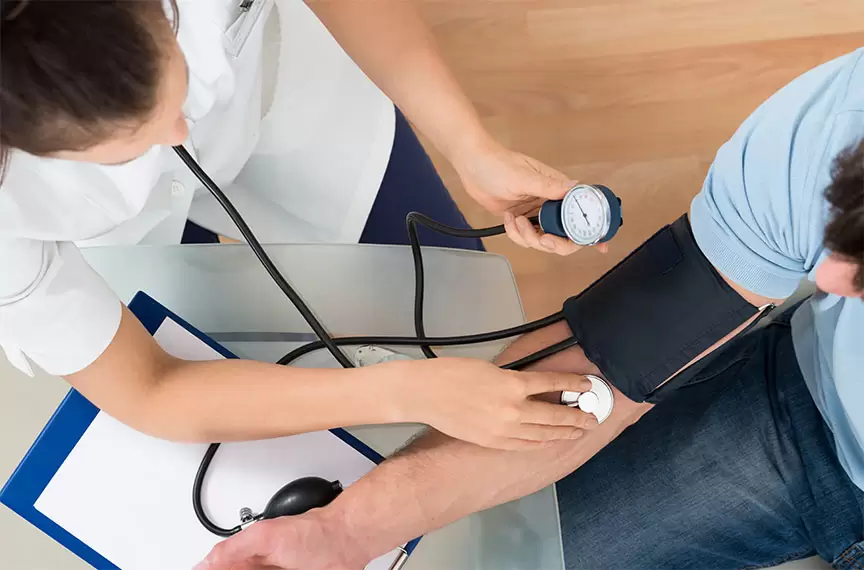Health screenings can help you detect disease before symptoms appear. They help your doctor diagnose conditions early on and prevent serious complications. Screening tests are usually done at the doctor’s office but can also be performed in a different setting. Depending on the patient’s risk factors, age and sex, health care providers may suggest certain tests. Here are some common ones:
Primary screening: A primary screener doesn’t have to have medical training to perform the test. Anyone with a reasonable level of competency in taking a temperature, observing for physical ailments and reviewing health declaration forms can be employed as a primary screener. Alternatively, an employer may ask prospective employees about chronic illnesses and mental health, or inquire about the person’s job responsibilities to determine their health risk. Ideally, medical training is required for secondary screenings.
Employee health screenings are beneficial to employers in several ways. Employees may be more confident and happy if they are healthier. These health screenings are also a good way to detect workplace safety concerns before they become chronic. Some employers even offer incentive programs to encourage staff to participate in employee health screenings. However, some employees may not be able to take advantage of this benefit. Nevertheless, health screenings can be an important part of a company’s overall wellness program.
Daily health screenings will require employees to wear a face mask for up to 10 days following their screening. Individuals exhibiting any of these symptoms must wear a face mask for the entire period until they have been cleared by their healthcare provider. If the individual has a declination, they cannot enter the building until their health screening has been completed. The new health screening process makes the screening process even more efficient. The new screening tool can be used in more than one location of UCSF.
Many diseases are caused by a lack of healthy blood. A blood glucose screening is an important way to detect these conditions. Diabetic blood sugar levels can lead to kidney failure and can also cause sexual dysfunction. Amputation of a limb is also possible. Diabetic conditions are common among African Americans. It is the fifth leading cause of cancer deaths in women. A blood glucose test can identify a risk of developing the disease and help manage the condition before it becomes more severe.
The number of primary and secondary screeners needed to perform this task depends on the country’s health system and resources. In general, two primary screeners for every 60 travelers per hour is recommended. They should work in pairs so that one person conducts visual observation, one conducts temperature checks and asks about travel history. Screening is most effective when carried out early in an outbreak and reduces the geographic spread of disease. When implemented properly, screening can also help countries prepare for importation of the disease from other countries.
Colorectal cancer is another cancer that meets the criteria for a cancer. It usually develops over a number of years. Precancerous polyps appear on the inner lining of the colon and rectum. These polyps are noncancerous but can develop into cancer. Precancerous polyps can be removed, preventing the development of cancer. Removal prevents the cancer from progressing and has no negative impact on health. People who are diagnosed with colorectal cancer have a five-year survival rate that varies greatly based on the stage at the time of diagnosis.



